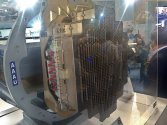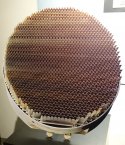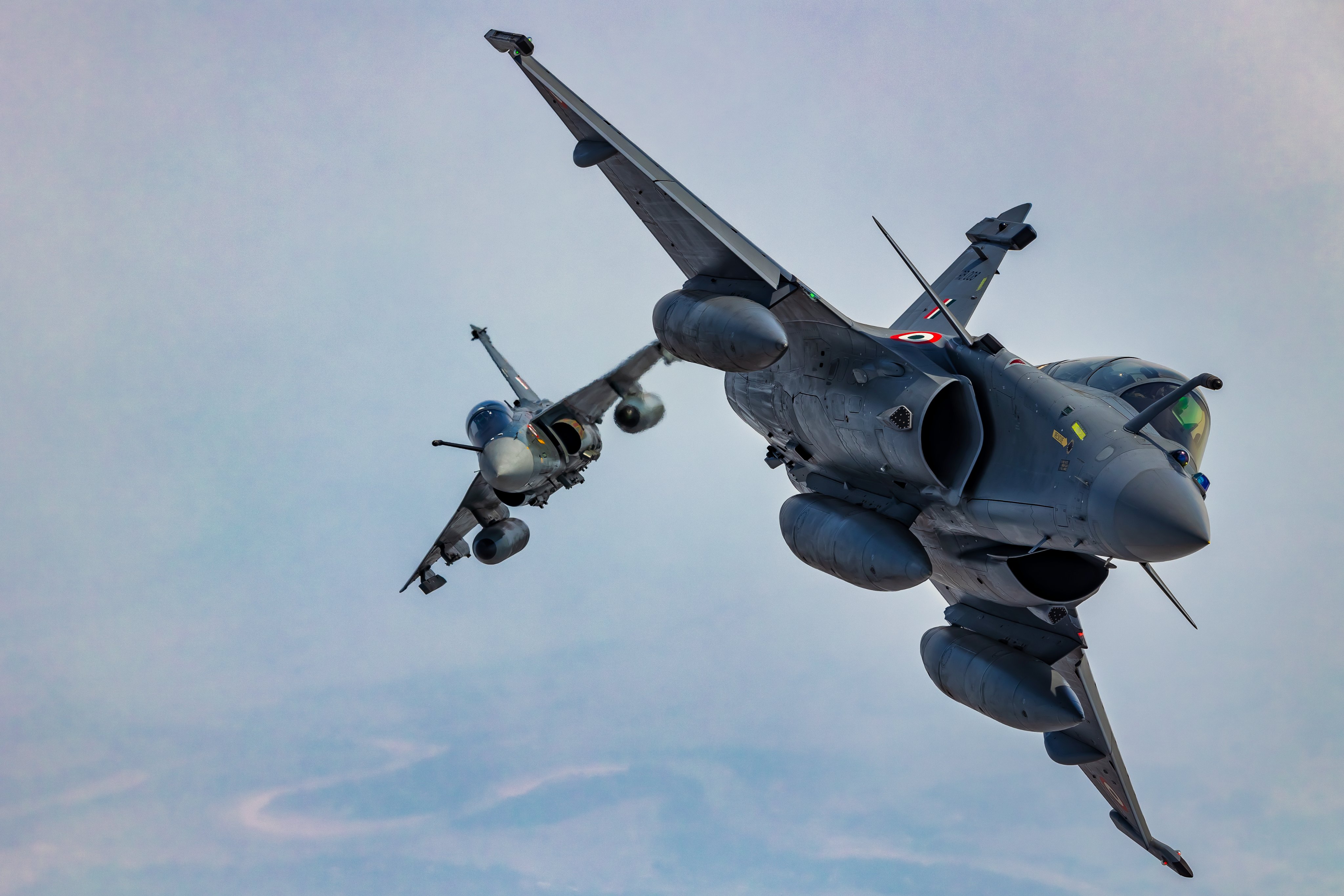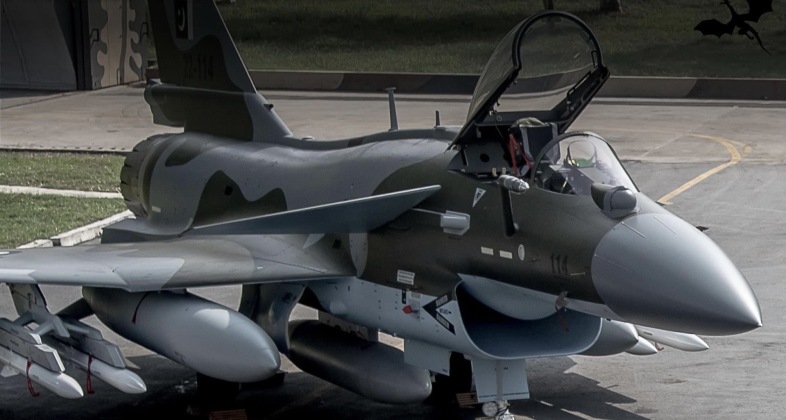Exceed the 10k limit. Edit post to fit in. Be forced to write another 10k post to explain things you deleted. Genius.
It's a
weak AESA
as opposed to strong AESA in the same way that AN/APG-67 is a weak slotted array as opposed to AN/APG-63 which is a strong slotted array.
My point was to address an incorrect perception of AESA which is informed by American design choices which don't correspond to how either China would design its radars currently, or how US designed its radars in the past. American AESA is largely uniform as consequence of procurement of aircraft types.
AESA radars are not made equal because "AESA" is like "pulse-doppler". It's like a jet compared to a turboprop. It shifts the overall performance of radars compared to older technology but it still retains the same
spectrum of performance within its own category. So it's like arguing that somehow AN/APG-67 is just as good as AN/APG-73 or AN/APG-63.
It isn't and it isn't supposed to be.
The argument of "my AESA is better than your AESA" is as pointless as it is misinformed because AESA takes the usual problem of radar and multiplies it by whatever amount of transcievers there are in the array. Processing is much bigger part of radar than ordinary people imagine. And then you have to put it in proper context of information acquisition which is EW and environment. That's another factor. Radar is a
complex problem in the most literal sense of the term "complex". It's
never one factor.
To answer your points:
"Enough" power is relative because AESA works differently from a slotted array. It's difficult to tell what is "enough" power without going very deep into the details which makes your entire point meaningless. We can only agree that it has enough power
per PLAAF requirements which might as well be J-10A performance with some margins plus new technology. I don't know what it was. Do you?
As for comparisons - power can be intelligently managed and Rafale has two engines. For power generation two is always better than one but not economical. Rafale is intentionally expensive because it's a strategic program. J-10C is intentionally cheap.
The argument of having more electronic equipment is misleading because part of that equipment is an EW system that makes enemy radar less effective. Radar is a tool for writing on EM spectrum. It is effective
in context. This is why technological progress made slotted arrays obsolete - they are less effective in context of modern EW, AESA and VLO regardless of their nominal output power. The same applies to AESA.
If your radar has more power but the enemy can negate it with EW while your EW can't negate enemy radar as efficiently then the effectiveness of enemy radar is better despite lower power. Remember that EW and passive detection work over distance of r=1 & r^2=1 while radar and active detection work over distance of r=2 & r^2=4. Balanced approach is better.
Size of array is calculated in two ways:
- absolute aperture size - physical dimensions
- relative aperture size - number of transcievers
Both matter but the latter is more important for performance. Better technology allows to pack more transcievers into the array which can physically reduce the aperture size but increase it in relative terms.
This is Uttam.Arguably the worlds most advanced AESA radar. Needs only 30 rows of T/R.
View attachment 111840
This is AN/APG-81. Arguably a useless piece of junk. Needs 52 rows of T/R and still sucks.
View attachment 111841
Both have their R&D and production cost margins. J-10C has an array somewhere in the middle, but in all likelihood closer to Uttam than to AN/APG-81. If anything the cost margins on J-10C would made it so.
Similarly comparing refits of F-15/16/18 radars is an error.
Those radars weren't intended to be refit. F-15s weren't supposed to fly that long because the planned number of F-22s was
750. F-16s are getting SABR as means of continuing sales and sustainment of product and USAF F-16s are upgraded only because F-35 is a procurement disaster. SuperHornet is a child of procurement review in early 90s that cut B-2, cancelled A-12 etc. All these aircraft got AESA back-fitted to existing radar architecture, often with incremental changes and insufficient funding. AN/APG-77 and the resulting AN/APG-81 is the "proper" AESA as far as USAF is concerned and navy was told to be happy with what they got.
Eurofighter has a mechanically scanned antenna which is also AESA so it's hard to tell how large it is because it must be able to move, losing some transcievers. CAPTOR-E is also somewhat of a mess as a system, typical for European procurement - badly funded, badly managed good technology. I wouldn't use EF as an example of anything. Rafale is more underfunded but it's more coherently developed and an overall better system at least IMO but it's a
system. France accepts shortcomings to gain autonomy first and desired synergistic effect second. In a way it's closer to J-10C but it's Frances main fighter, while China has J-20 and J-16 so it can afford to cut cost and rationalise with J-10. France's system is Rafale and baguettes. China's system is all the fighters combined and possibly some dumplings.
What? This is not even wrong. This is utter nonsense. All of it.
10k limit. Moving on:
This is close to how land mission is planned not an aerial one. Effective missile range is just one of the factors. Another is the ability to evade enemy missile from the target, as well as other planes or SAMs. Sometimes you have to get closer despite having range advantage because all the other factors negate it in combat conditions.
And then you have an entire manual on energy and flight parameters that constrains what you can and can't do with your aircraft while it's in the air.
Mission planning in aerial warfare is a complex problem because you can never just say "we'll sit here until they move". You first fight against gravity. Then you fight against the enemy. Enemy kills sometimes. Gravity kills always.
The fixed circles were never "it". It's a deliberately dishonest PR/marketing strategy. It works because it includes kickbacks for everyone who could challenge the narrative but didn't.
Upgrading generators as well as electrical system is easier than upgrading engines but it can't help much if there's already a performance limit set by the engine/airframe. And we're
really speculating here because this is a question for proper data-based analysis that costs a lot of money.
I don't know JF-17 and LCA well enough to say anything useful and I try my best not to mislead.
I know Gripen but it's a
very special case involving
special operations and tactics as well as Eireye AEW as part of the system. Gripen works for Sweden because of the system. This is why it failed as an export product. Not really applicable.
And to close off I'll restate my point: J-10 is not F-35 but an F-16. It's part of a system. We should measure its performance as such. War is not a beauty contest. It's a contest of practical adaptation and perseverance.
OK, that's enough. Take care everyone.




